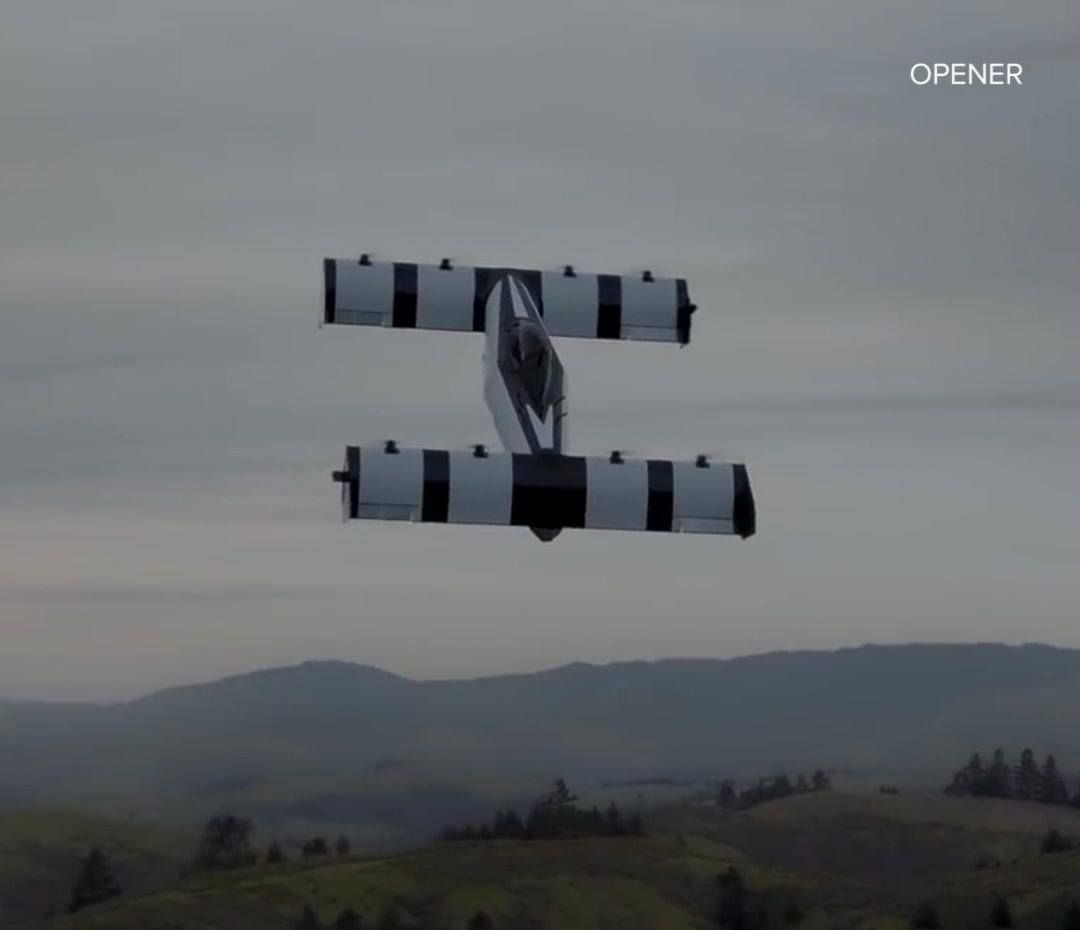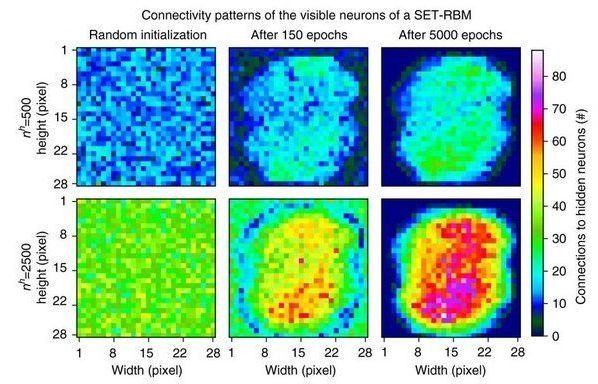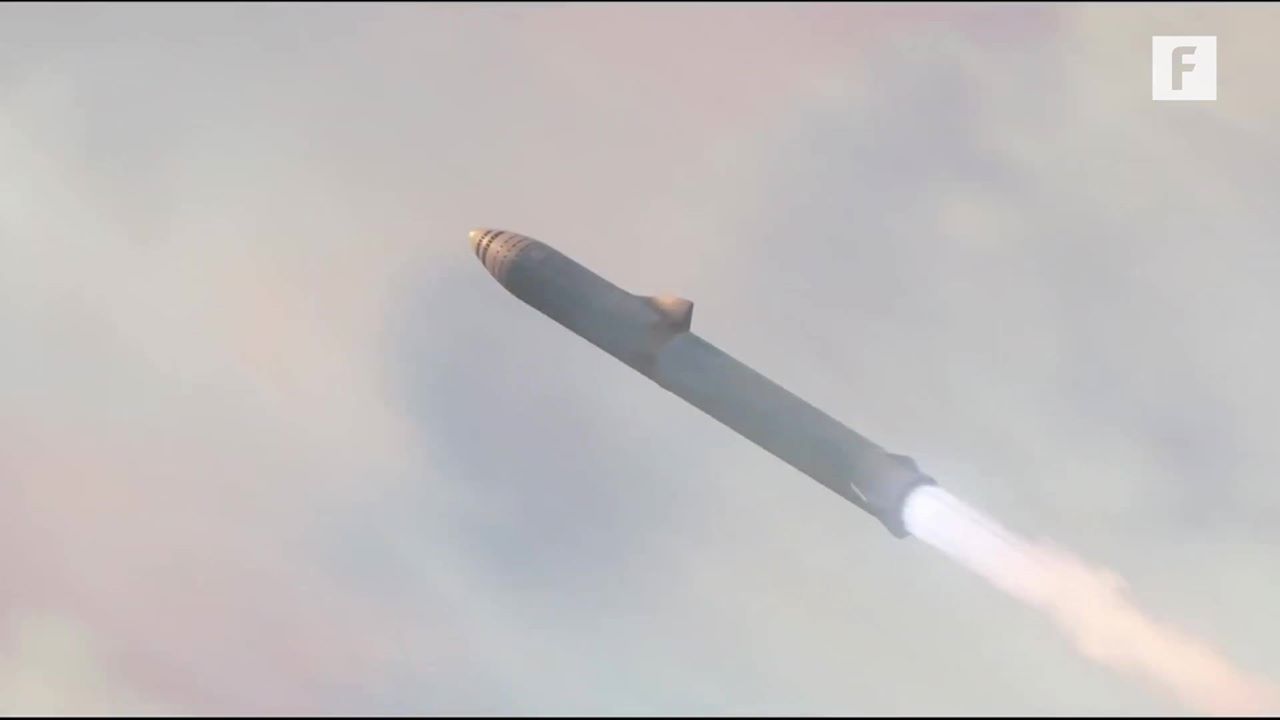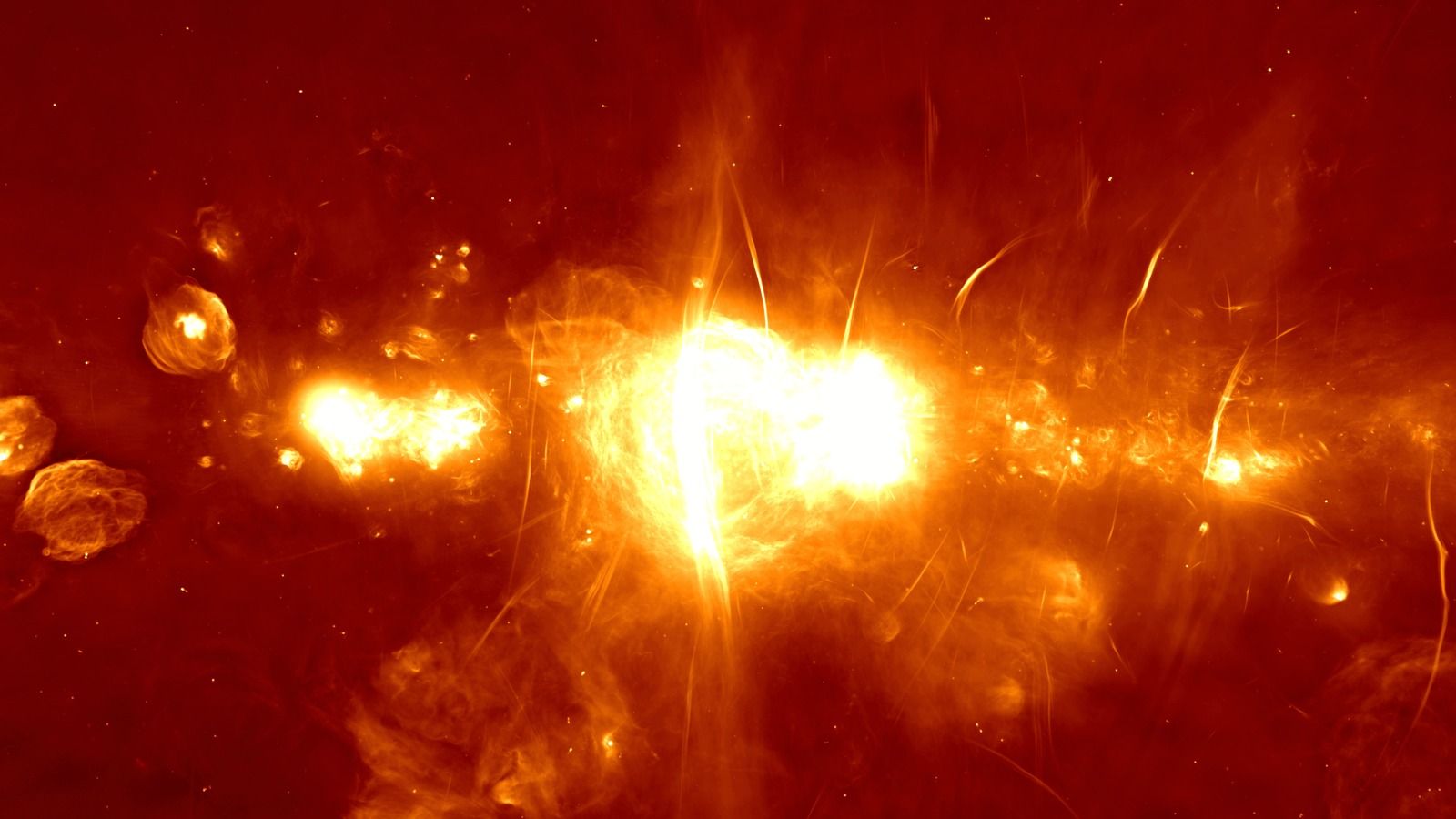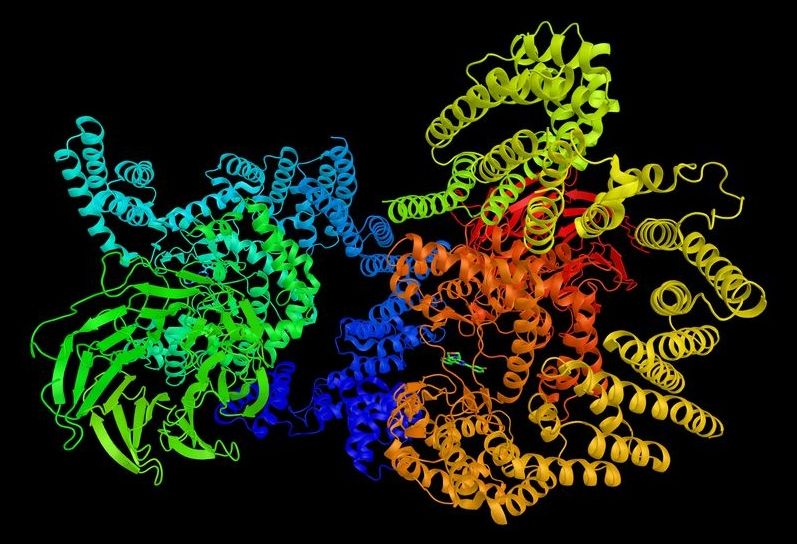Page 10017
Jul 13, 2018
This sun-chasing robot looks after the plant on its head
Posted by Shailesh Prasad in category: robotics/AI
Are your houseplants burning up in the heat? You should get a robot-plant hybrid, like this mod from Vincross, which can move itself into the shade when it needs to. It even dances angrily when it’s drying up.
Jul 13, 2018
You can fly the Blackfly without a license
Posted by Shailesh Prasad in category: futurism
Jul 13, 2018
New AI method increases the power of artificial neural networks
Posted by Shailesh Prasad in categories: information science, robotics/AI, supercomputing
An international team of scientists from Eindhoven University of Technology, University of Texas at Austin, and University of Derby, has developed a revolutionary method that quadratically accelerates artificial intelligence (AI) training algorithms. This gives full AI capability to inexpensive computers, and would make it possible in one to two years for supercomputers to utilize Artificial Neural Networks that quadratically exceed the possibilities of today’s artificial neural networks. The scientists presented their method on June 19 in the journal Nature Communications.
Artificial Neural Networks (or ANN) are at the very heart of the AI revolution that is shaping every aspect of society and technology. But the ANNs that we have been able to handle so far are nowhere near solving very complex problems. The very latest supercomputers would struggle with a 16 million-neuron network (just about the size of a frog brain), while it would take over a dozen days for a powerful desktop computer to train a mere 100,000-neuron network.
Jul 13, 2018
Travel Faster and Further Than Ever Before
Posted by Shailesh Prasad in category: futurism
Jul 13, 2018
New South African Telescope Releases Epic Image of the Galactic Center
Posted by Genevieve Klien in categories: habitats, space
You’re looking at the center of our galactic home, the Milky Way, as imaged by 64 radio telescopes in the South African wilderness.
Scientists released this image today to inaugurate the completed MeerKAT radio telescope. But these scopes form part of an even more ambitious project: the Square Kilometer Array, a joint effort to build the world’s largest telescope, spanning the continents of Africa and Australia.
Jul 13, 2018
Satellite startups turn to reinventing broadband, mapping and other industries
Posted by Klaus Baldauf in categories: computing, mapping, mobile phones, satellites
Smartphones have disrupted transportation, payments and communication. But the underlying technology has tangentially changed a completely different sector: satellites.
The advances made in miniaturizing technologies that put a computer in your pocket — cameras, batteries, processors, radio antennas — have also made it easier and cheaper for entrepreneurs to launch matter into space. And investors are taking notice.
The chart below shows worldwide venture and PE investment in satellite technology companies.
Continue reading “Satellite startups turn to reinventing broadband, mapping and other industries” »
Jul 13, 2018
Inhibition of mTOR Appears to Boost Aged Immune Systems
Posted by Nicola Bagalà in category: biotech/medical
Inhibiting TORC1 might boost the immune system of the elderly.
In a recent study conducted by researchers at the Novartis Institutes for Biomedical Research in Massachusetts, inhibition of mTOR complex 1 boosts the immune system of aged people, decreasing their yearly rate of infections as well as increasing their response to an influenza vaccine [1].
Study summary
Continue reading “Inhibition of mTOR Appears to Boost Aged Immune Systems” »
Jul 13, 2018
Type 2 diabetes, obesity may soon be reversed with gene therapy
Posted by Genevieve Klien in category: biotech/medical
For the first time, scientists use gene therapy to successfully reverse obesity and insulin resistance in an animal model of type 2 diabetes.
Jul 13, 2018
Astronomers Discover A Planetary Impact Outside Our Own Solar System
Posted by Genevieve Klien in category: space
In a study published in the latest issue of Science, astronomers led by graduate student Huan Meng, of the University of Arizona in Tucson, announced the discovery of remains of a mammoth planetary collision.
The team made its observations using NASA’s Spitzer Space Telescope and several different ground-based instruments. The collision occurred between two planets orbiting a sunlike star called NGC-2547 ID8, which lies about 1,140 light-years from the earth. The star is a young one, with a system of planets still in the process of formation. The collision, which may have occurred as recently as two years ago, left a ring of dust and debris circling the star.


